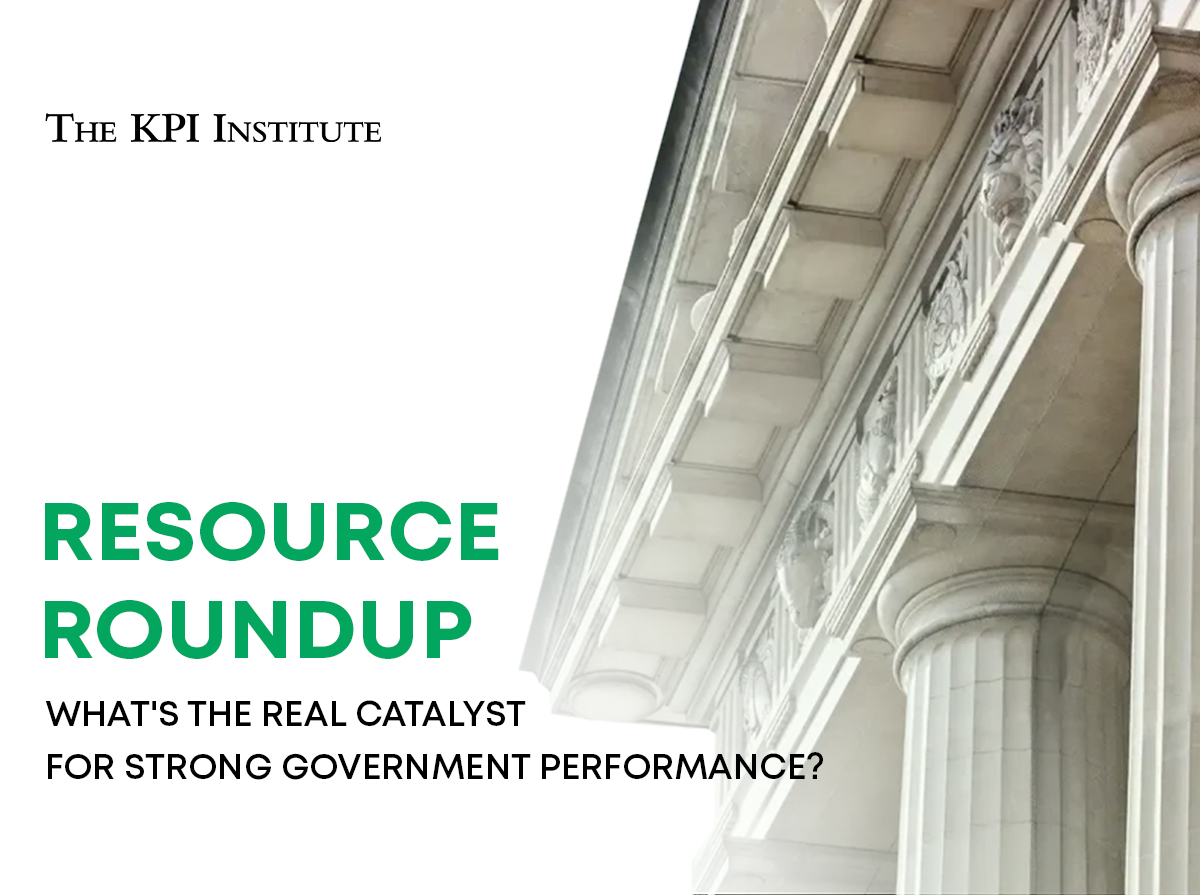
Quarterly KPI Highlights: from assets to output, measuring what matters in operations
March 26th, 2025 Posted by Kimberly Tilar KPIs 0 thoughts on “Quarterly KPI Highlights: from assets to output, measuring what matters in operations”
Performance gaps often start not from a lack of effort, but from a lack of clarity. When teams don’t know what to aim for or how success is measured, resources are wasted, and strategic goals drift out of reach. One way to bridge the gap between strategy and execution could be to use key performance indicators (KPIs) that help translate abstract goals into measurable actions.
However, according to The KPI Institute’s State of Strategy Management Practice – 2023 Global Report, many organizations still face foundational challenges with KPIs: 25% struggle to align KPIs and targets across departments, while 24% find it difficult to select the right KPIs—an issue that has grown by 4% over the past year. Despite these hurdles, KPI usage remains strong across both people and business performance. In fact, the same report reveals that organizations primarily use KPIs in two key areas: employee performance evaluations and corporate performance monitoring, with 60% of respondents emphasizing both.
With KPIs influencing both day-to-day decisions and long-term priorities, their impact is far-reaching. However, when not aligned with strategic goals, they can create a gap between what the organization aims to achieve and what it delivers. That is why it is critical that they reflect strategic priorities, not just routine activities.
To put this all into practice, we’re highlighting two KPIs in Q1 2025 that directly link operational efficiency with broader strategic goals:
KPI of February: % Return on assets (ROA) – This metric evaluates a company’s ability to generate profit from its total assets, shown as a percentage of net income to assets. It aims to analyze how well a business utilizes its assets to drive profitability. Aligning asset utilization with strategic growth goals helps companies achieve greater financial efficiency and improve competitive positioning in their industry.
When evaluating % ROA, it’s important for companies to benchmark against peers in the same industry, as asset structures vary. For instance, manufacturing firms tend to be asset-intensive and rely heavily on physical resources to drive income. Unlike businesses in the technology or service sectors, these companies typically depend on intangible assets like software, data, or expertise.
To learn more about how to utilize this metric, get a free copy of the poster from TKI Marketplace.
KPI of March: % Production schedule attainment – This indicator measures how much of the actual production output was completed as scheduled within the reporting timeframe. This metric helps verify whether the production process stays on track with the planned schedule.
Organizations can improve their % Production schedule attainment by adopting scheduling techniques that align with their business model and operational requirements. When production is on schedule, organizations can reduce costs, improve resource utilization, and enhance customer satisfaction, all of which directly contribute to long-term competitiveness and profitability. To explore how various scheduling methods impact this KPI and gain deeper insights into the indicator, download a free copy of the poster from the TKI Marketplace.
These digital posters are part of the KPI of the Month series by The KPI Institute. It is a free infographic series designed to provide practical insights into the application of key performance indicators. Each edition focuses on one specific KPI, offering clear explanations of terminology, addressing common challenges in its use, and outlining essential details such as its definition, calculation, Balanced Scorecard relevance, data profile, typical targets, and actionable recommendations.






